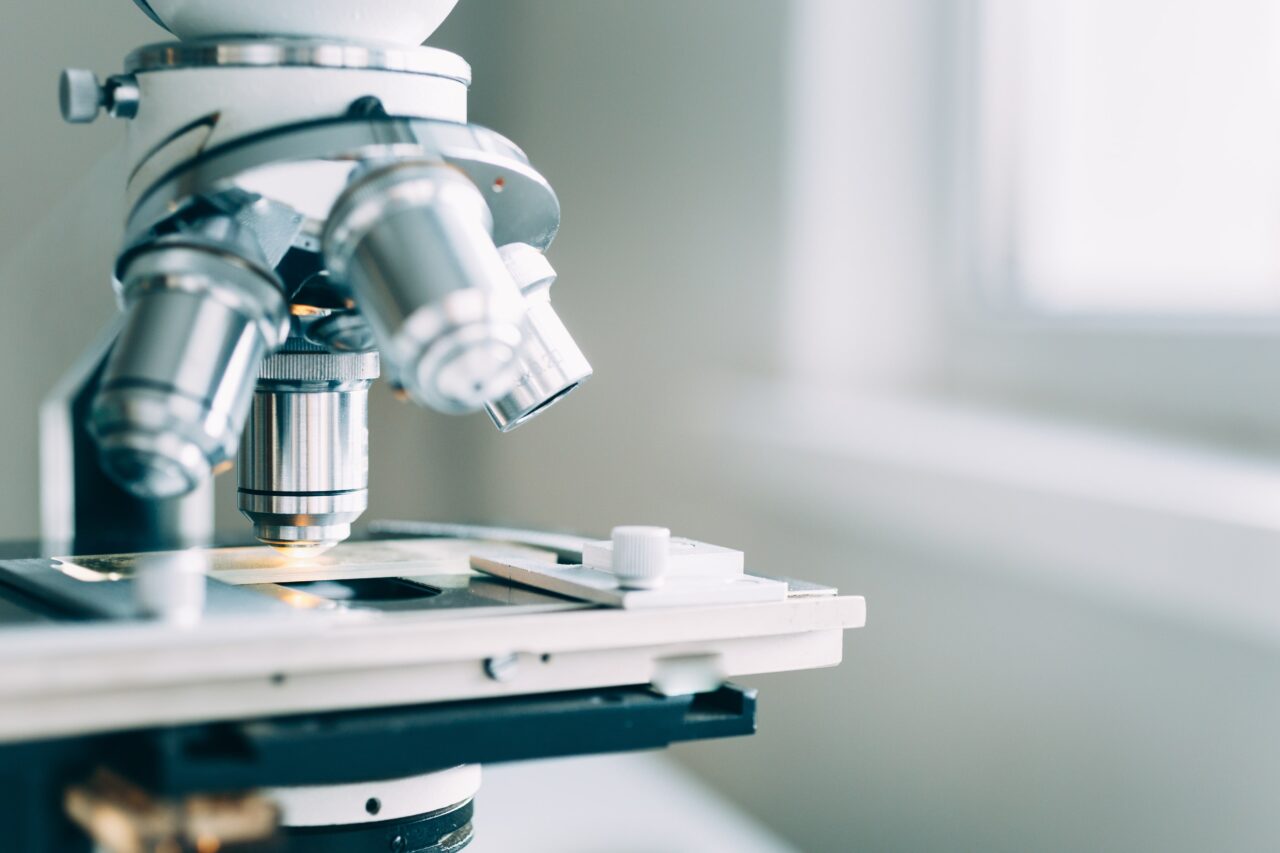What you need to know about a prostate biopsy
Like many men with a slightly elevated PSA, there’s a good chance you’ve been under greater scrutiny for some time now. Hopefully, your PSA score doesn’t increase, but if it does, your urologist will most likely recommend a prostate biopsy to find out why there was an increase.
What is the goal of a prostate biopsy?
A prostate biopsy provides a wealth of information to the urologist, such as whether was it an infection, a large prostate or cancer that was responsible for the PSA increase. Discovering the reason will determine the treatment. If cancer is present, the biopsy tissue sample will tell the urologist as to the presence of cancer and how aggressive it might be. This information will be used to determine the best treatment options.
What you will experience during a transrectal biopsy.
A nurse will ask you to lie on your left side with your knees angled up toward your chest (this is called the fetal position). After you’re in a comfortable fetal position, the ultrasound probe, about the diameter of a finger, will be inserted approximately three to four inches into the rectum. The urologist will use a small needle to inject lidocaine (numbing medicine) on either side of the prostate. Once the numbing medicine takes effect, the urologist will begin taking approximately ten to twelve biopsies using a special biopsy needle at predetermined sites and abnormal areas of the prostate. The ultrasound probe enables the urologist to safely target each site. The biopsy samples will then be analyzed by urologic pathologists for any signs of cancer.
Most patients say they experience very little discomfort. Others say it feels a little like a pinprick.
What to expect after the biopsy procedure
After the procedure, take it easy for 1-2 days. You may experience one or some of the following conditions for the next couple of days.
- A small amount of blood in your stool and urine
- Red or rust-colored semen (this can actually last a few weeks)
- A general soreness and some minor bleeding from the rectum
Inform your physician immediately if you have:
- A fever
- Worsening pain
- Heavy bleeding
- Trouble urinating
Contact our urologist to schedule your prostate biopsy. We have offices conveniently located in the greater Houston area, Sugar Land, Pasadena and Richmond-Rosenberg.



























